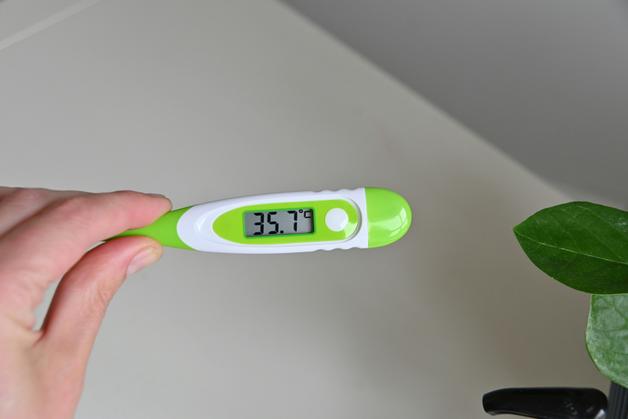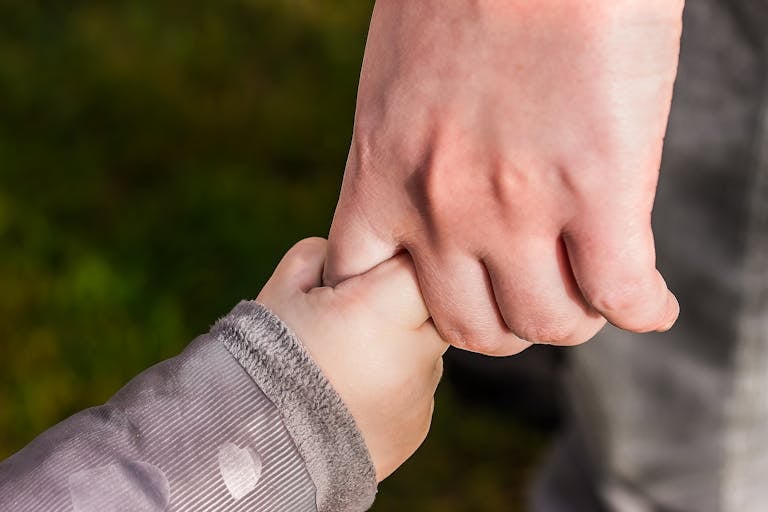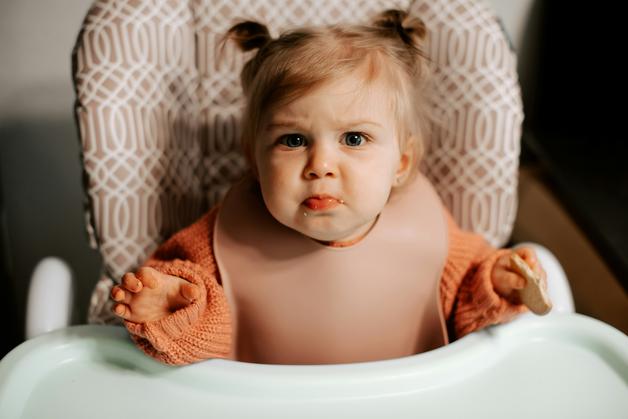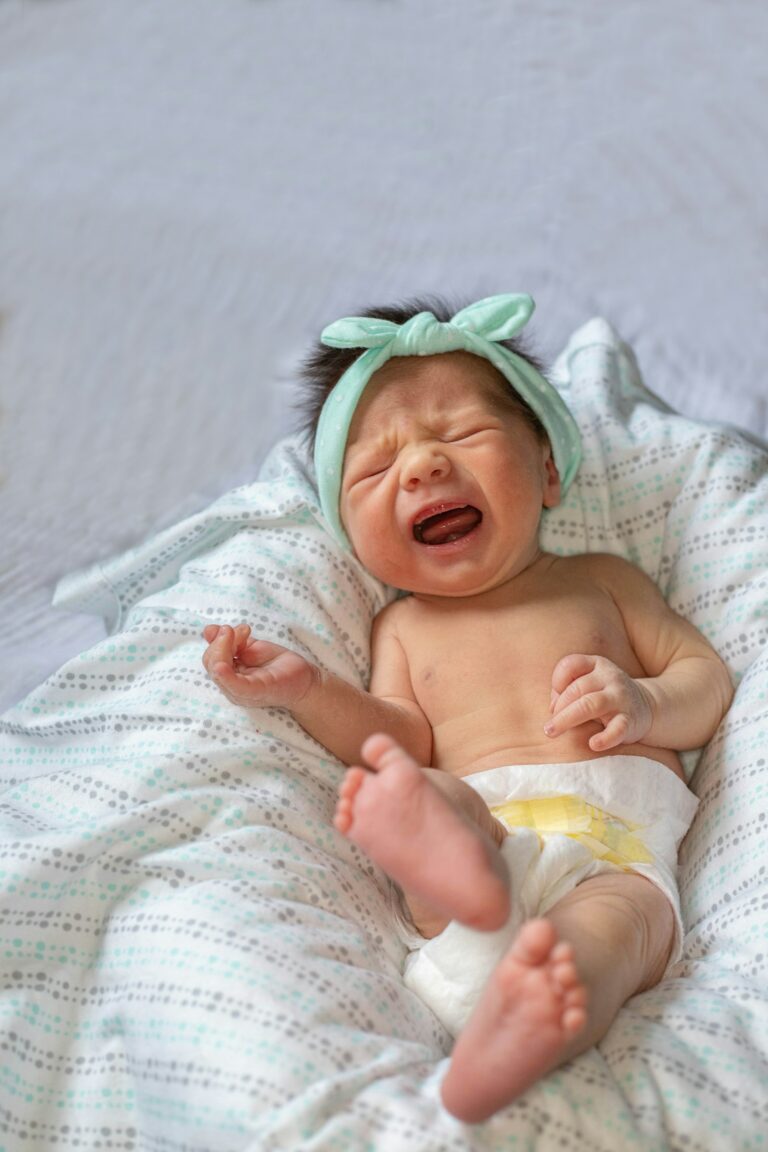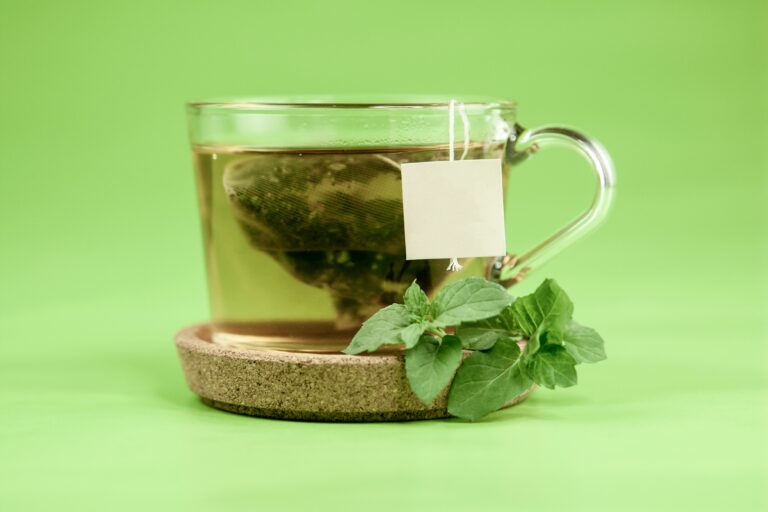Welcoming a baby into your life brings delight, but also an orchestra of questions: “Is my baby’s skin too warm? Why are their cheeks flushed? Could those midnight cries be linked to a rise or fall in baby temperature?” This seemingly simple value, often swirling in the minds of new and experienced parents alike, can spark concern at the slightest deviation. Baby temperature tells a story—one layered with subtle changes, scientific nuance, and genuine worry. How do you confidently measure, interpret, and react to these numbers while maintaining your baby’s comfort and safety? Here is an in-depth, parent-oriented overview—spanning home protocols, medical reasoning, and a gentle encouragement towards informed decisions—where science and everyday reality intermingle.
Understanding Baby Temperature: Why the Range Matters
Babies are resilient, yet astonishingly sensitive to thermal changes. A normal baby temperature usually fluctuates between 36.5°C and 37.5°C (97.7°F–99.5°F), though factors such as activity, environment, and measurement method add complexity. You may have noticed a slight uptick after a nap, or a drop after a chilly stroll outside—this is normal. Unlike adults, babies have an underdeveloped thermoregulation system; they shed heat rapidly and build it up just as fast. A thin swaddle or too many blankets, a breezy night or a stimulating play session—each can leave a detectable imprint on their core temperature.
Why does this matter so much? For one thing, temperature signals how a developing body responds to its environment: even a mild fever may be the first—and sometimes the only—sign of infection in an infant. Conversely, a drop below 36°C (96.8°F) calls for attention. At both extremes, the window for intervention is slim, especially in newborns, as their energy stores and immunity are still maturing.
Measuring Baby Temperature: Practical Techniques and Medical Accuracy
Choosing the Right Instrument
You stand in the pharmacy aisle—digital displays and shapes blur together, each thermometer promising accuracy. But which is best for a newborn? Medical experts recommend the rectal thermometer for infants: it delivers the most reliable result, coming closest to your child’s core temperature. For slightly older infants, temporal artery (forehead) and tympanic (ear) thermometers are practical, especially for cooperative toddlers; bear in mind, though, these methods can yield slightly varied readings due to external influences (like room temperature or earwax).
For underarm (axillary) readings, technique matters. Even the gentlest placement—thermometer nestled fully against the skin, not clothing—will impact precision. And always use digital thermometers, which are not only faster but eliminate the risk associated with mercury exposure.
Optimizing Your Routine
Consistency is your secret weapon. Try measuring baby temperature at similar times, under calm conditions (after a feed, before bed). When using the rectal method, lubricate the tip, insert gently about half to one inch, and never force it. For every tool—ear, forehead, axilla—thoroughly clean after each use, and wash your hands. Label thermometers for each specific purpose (rectal, oral, axillary) to avoid mishaps. The more attentive your technique, the more confidence you’ll have in each result.
Detecting When Baby Temperature Is Not “Just Right”
Recognizing Warning Signs
Sometimes, your baby communicates discomfort clearly: persistent crying, sudden lethargy, pallor, or feverish skin. What constitutes a genuine problem? A baby temperature under 36°C (96.8°F) suggests hypothermia; any reading 38°C (100.4°F) or above is generally indicative of a fever. Rapid shifts often accompany underlying illness, dehydration, or environmental extremes. You may spot signals such as flushed cheeks, rapid breathing, fewer wet diapers, or refusal to feed. Each symptom is a clue—sometimes subtle, sometimes dramatic.
Responding to Hypothermia
If your baby registers as hypothermic (below 36°C), gentle warmth is required—not abrupt heat, which can shock the system. Dress your infant in light layers, adjust the room temperature to 18–20°C (64–68°F), or use skin-to-skin contact (the well-studied “kangaroo care” method) to steadily restore warmth. Avoid direct contact with hot water, heating pads, or heavy blankets.
Fever in Babies: Medical Perspective and Home Management
Decoding the Causes
Why do babies experience fever? In most cases, a heightened baby temperature beyond 38°C (100.4°F) is the body’s frontline defense against viral or bacterial invaders. The immune system releases chemicals (pyrogens) that reset the hypothalamic “thermostat,” producing warmth as a mechanism to fight infection. Other triggers include vaccination (usually mild and temporary) or environmental factors—such as an overheated nursery. Contrary to perennial myths, teething rarely results in a true fever, though mild increases in temperature and irritability are common.
Home Care: Evidence-Based Strategies
- Hydration is key. Offer frequent feeds (breast or formula), and tiny sips of water if your baby is over 6 months.
- Medication—such as paracetamol (acetaminophen)—can be considered for infants over 2 months, but only with professional guidance; ibuprofen is suitable from 6 months onward. Never resort to aspirin.
- Dress your baby in breathable clothing, keeping their environment comfortably cool but never cold.
- Avoid abrupt cooling methods (cold baths, alcohol rubs); these can trigger shivering and discomfort.
Do you need to suppress every fever? Not always. Fever is a symptom, not a cause. If your child remains relatively comfortable—feeding and sleeping with minor fussiness—focus on comfort and observation rather than aggressive interventions.
Red Flags: When to Act Fast
For parents, the line between “watch and wait” and “seek urgent help” can feel blurry. In babies under 3 months, any rectal or forehead temperature ≥38°C (100.4°F), or <36°C (96.8°F), warrants immediate medical contact. For older infants, temperatures ≥39°C (102.2°F), coupled with symptoms like difficulty breathing, persistent vomiting, unusual drowsiness, or a seizure, demand swift professional attention.
Never ignore:
- Blue lips or skin
- A bulging or sunken fontanelle (the soft spot on the head)
- Seizures lasting longer than 5 minutes
- Unresponsive or limp behavior
- A rash that does not fade under pressure
Preventing Temperature Imbalances: Everyday Habits for Families
Attentive parents are adept at reading both the numbers and the cues. Adjust clothing with seasonal shifts; a baby sleep sack is often safer than loose blankets, reducing the risk of Sudden Infant Death Syndrome (SIDS). Place a room thermometer in the nursery to keep it in that safe, mid-range zone—18–20°C works in most climates. Steer clear of direct heaters, drafts, or hot water bottles near your baby’s crib.
Fluid intake deserves attention, especially during fever episodes or warm seasons. A sudden decrease in wet nappies, a parched mouth, or a sunken fontanelle are easy-to-miss, yet telling, indicators of dehydration.
Encouraging Autonomy and Seeking Guidance
You might wonder: when does instinct override numbers? Parents’ intuition is a remarkable asset—never discount your sense that “something isn’t right.” But always pair vigilance with knowledge: keeping a written log of baby temperature, symptoms, feeds, and medications arms you with facts for doctor’s visits and helps spot patterns over time.
Medical science stresses that support is only a call away. Respect for individual choices, scientific evidence, and compassionate guidance can coexist harmoniously on the path of parenthood.
Key Takeaways
- Normal baby temperature sits comfortably between 36.5°C and 37.5°C (97.7°F–99.5°F) for most infants, but context counts.
- Trust rectal thermometers for the most reliable numbers, especially in babies under 3 months.
- Any instance of persistent fever, low temperature, irregular breathing, or rash requires prompt professional insight.
- Hydration, gentle methods for reducing fever, and avoidance of harsh cooling or heating strategies support safe home care.
- Adjust your baby’s environment—clothing, bedding, nursery temperature—in rhythm with external changes.
- Document measurements and symptoms to streamline discussions with pediatricians.
- Modern parents have countless resources. For tailored guidance, practical tools, and free health questionnaires for children, download the Heloa app—empowering confident, calm decisions any time baby temperature becomes a question.
Parents, your keen observations and careful routines make all the difference in your baby’s well-being. Let knowledge, preparation, and a steady presence guide you through each temperature reading—one gentle step at a time.
Questions Parents Ask
How often should I check my baby’s temperature?
There’s no single rule for how frequently you should check your baby’s temperature, and it’s normal for parents to feel unsure. In general, there’s no need to monitor routinely when your child seems well. You can check more often if your baby feels warm, is unsettled, appears uncomfortable, or displays a change in behavior. Follow your instincts—if something seems unusual, you can check for reassurance. During an illness, checking every few hours, especially before naps and at bedtime, may help you keep track of changes. The most important thing is to observe your child’s overall well-being in addition to the numbers on the thermometer.
What causes low temperature in babies?
A lower-than-normal temperature in babies, known as hypothermia, can happen for different reasons. It often results from exposure to a cool environment or clothing that isn’t warm enough, especially in newborns whose bodies adapt more slowly. Other times, low temperature may be linked to illness, infection, or even poor feeding. If your baby’s temperature drops below 36°C (96.8°F) and they seem less alert, unusually sleepy, or aren’t feeding well, gentle warming and prompt guidance from a healthcare professional are recommended. Don’t hesitate to reach out—a supportive professional can help you find the cause and the best solutions for your child.
Can teething cause a fever in babies?
Many parents notice that babies become more irritable or seem slightly warmer during teething periods. It’s normal for a mild rise in temperature to occur. However, true fever—generally defined as 38°C (100.4°F) or above—usually does not result from teething alone. If your child develops a persistent high temperature or has other symptoms like lethargy or a change in feeding habits, it’s important to look for other possible causes and consult your pediatrician if you have concerns. Remember, you know your baby best, and no question is ever too small when it comes to their comfort.

Further reading:

